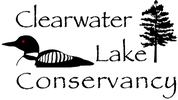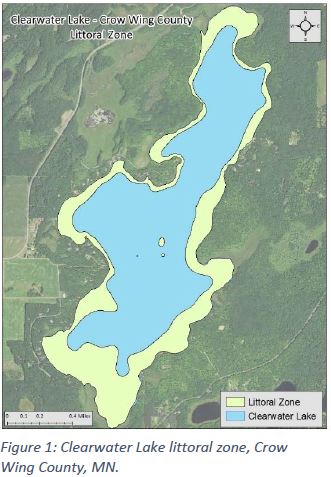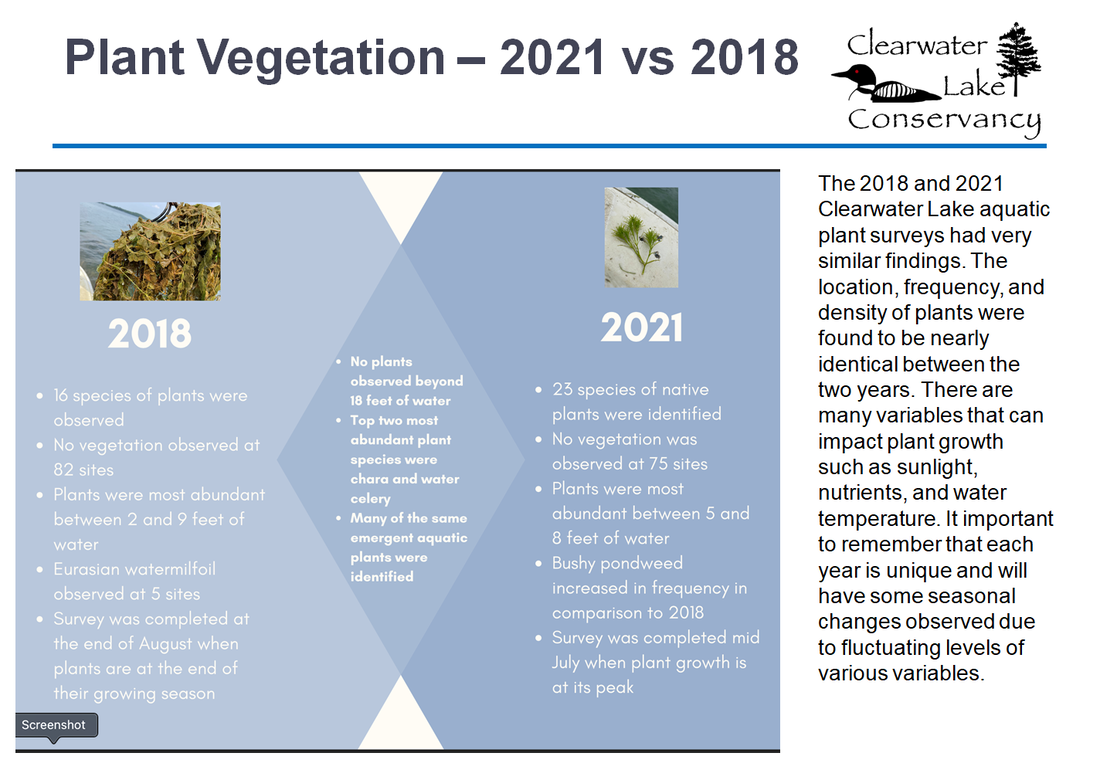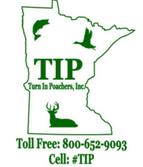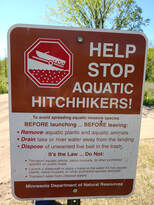|
Why did we did order a survey?
The members of the Clearwater Lake Association have observed a loss in native vegetation in our lakes. Association Members and the Board wanted to know, "Why are we losing the GOOD weeds?" Can we quantify the amount of plant loss? Could our invasive plant treatments be causing this loss? What effect do the rusty crayfish have on our lake vegetation? What other factors may be contributing to any plant loss?
To help us start answering some of these questions, the Board hired a qualified 3rd party contractor to conduct a plant survey to get a baseline understanding of the type and frequency of lake vegetation. Surveys were conducted in 2018 and again in 2021.
Members of the Board also consulted with the following experts to get their input on this issue:
What is and How do you do a survey?
Comparison of 2018 and 2021Below is a comparison created for us by RMB Labs, the company hired to conduct the plant surveys, of the aquatic plant surveys from 2018 and 2021.
The conclusion was that 9 more native species were harvested in 2021 and 7 sites that had no vegetation in 2018 had vegetation in 2021. This show no native vegetation decline and could even show small improvements. See the full surveys on the Reports / Lake Vegetation page. |
